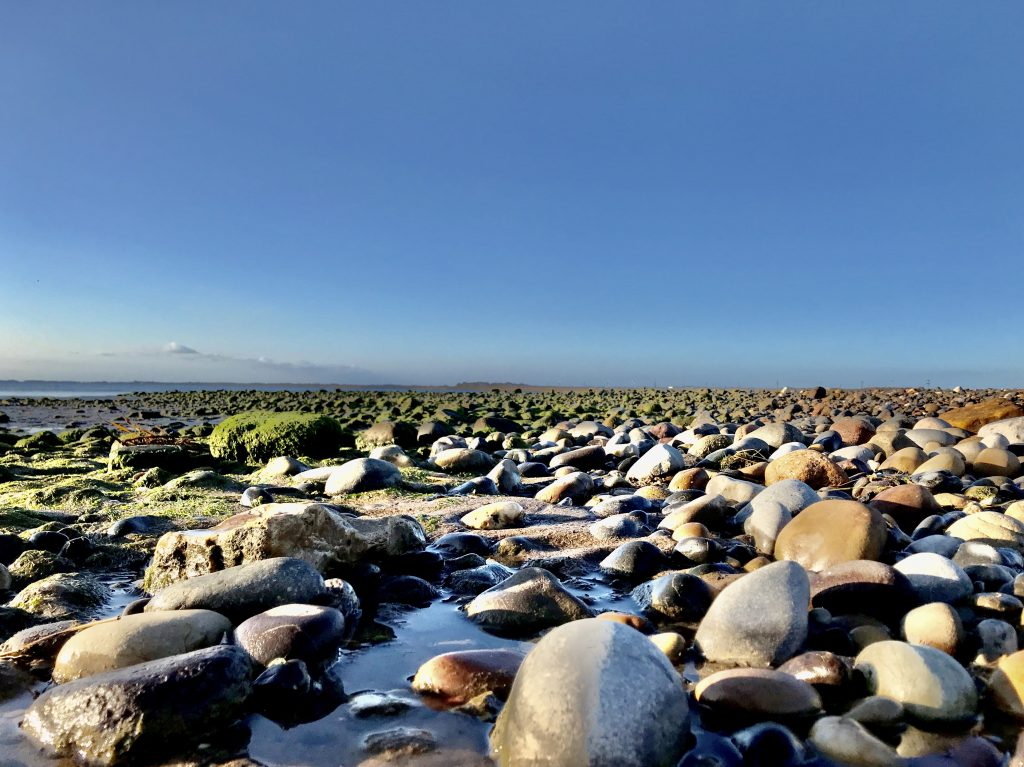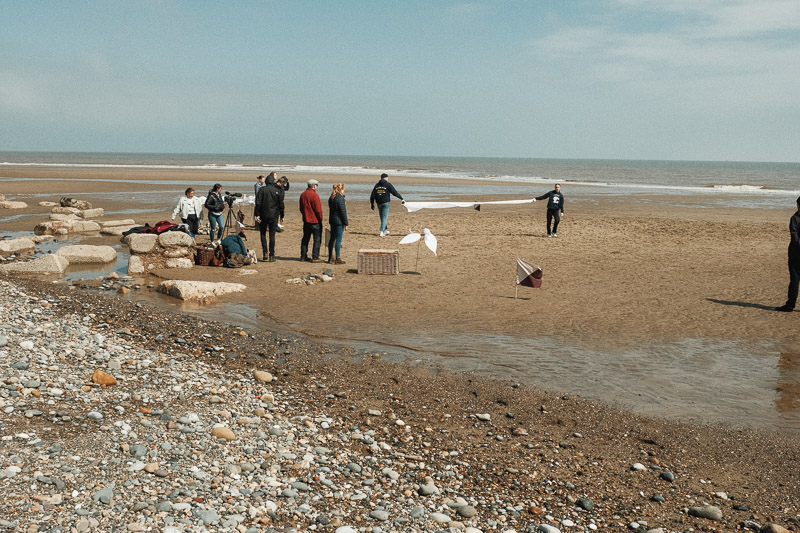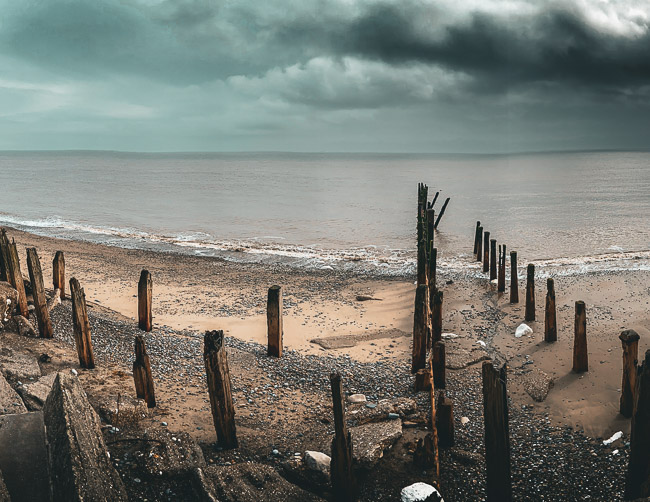The flat, empty landscape of Spurn and the south Holderness is rather misleading, given the depth and variety of stories surrounding the region. The oral history section of the South Holderness Eco-Arts Project was a way, then, to record and share just a fraction of those stories and experiences belonging to the communities here; after all, there’s no better way to get to know a place than to listen to those who know it best.
It’s an admittedly strange experience when you first walk into someone’s house (or a noisy café), armed only with an audio recorder and a sheet of questions, nervous about ‘keeping on track’ but not wanting to stifle any interesting conversation that might arise. But we quickly found just how rewarding recording these oral histories would be. Much of the first year of my PhD was spent getting to know Spurn and the surrounding area in a range of texts, such as novels, poems, memoirs, and blogs. To hear directly from such a range of people embedded in this place in so many different ways added a new dimension to my understanding, bringing the landscape to life.
So much of what our participants said resonated with themes I’d picked up on in literary texts – a love of open spaces, a sense of loneliness, transformative encounters with the nonhuman, and of course the experience of living by a shifting shoreline, watching as the land changes shape and becomes almost unrecognisable. Over the course of the project, we too watched the landscape shift and change around us. Beginning in a cold January, we were at Spurn as the days grew longer, wildflowers started to bloom, and the sky filled with birds, darting and swooping above our heads, all this soundtracked by the voices of our interviewees.
Darius Scott describes oral histories as foregrounding “stories of experience, emotion, defeat, triumph, and mundanity” (2021, p.186). But being there, having the opportunity to hear so much about people’s relationships with this landscape, felt quite the opposite of ‘mundane’; stories like those told by our participants made this place feel more like the centre of the world.






